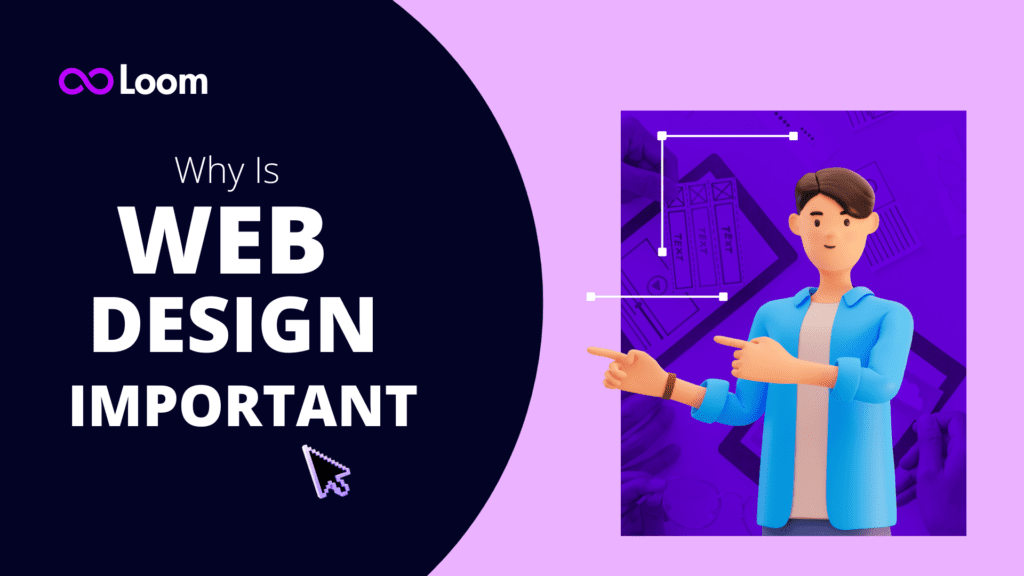Your website is more than just a collection of pages on the internet—it’s the face of your business. Think about it: when was the last time you visited a website that left you feeling frustrated, confused, or just plain unimpressed? You probably didn’t stick around, right? Now imagine that was your potential customer, bouncing away from your site because it didn’t look professional or wasn’t easy to navigate.
Good web design isn’t just about making your website look nice (though that’s important too!). It’s about creating an experience that pulls people in, builds trust, and encourages them to take action. Whether you’re selling a product, offering a service, or sharing information, your website design is the cornerstone of your online success.
In this article, we’ll dive deep into why is web design important to your business. By the end, you’ll have a clear understanding of how web design affects everything from user experience and SEO to brand credibility and conversion rates. So, let’s get started!
First Impressions Matter: The Role of Design in Attracting Visitors
You’ve probably heard the saying, “You never get a second chance to make a first impression.” Well, in the world of websites, that first impression happens fast—we’re talking milliseconds. Studies show that it takes users less than 50 milliseconds (that’s 0.05 seconds!) to form an opinion about your website. And here’s the kicker: over 75% of people will judge your business’s credibility based on your web design alone.
Imagine someone landing on your homepage for the first time. They’re looking for something—a solution to their problem, a product, a service—and your website is their first stop. If your design is cluttered, outdated, or slow to load, they’ll bounce quicker than you can say “user experience.” On the other hand, if your site is clean, modern, and easy to navigate, you’ve already got them hooked.
That initial moment is crucial. Good design draws people in and makes them want to stay, while bad design sends them packing. Whether they’re conscious of it or not, users immediately make judgments about your brand based on what they see. Does it look professional? Is it trustworthy? Is it user-friendly? These questions all get answered in those first few seconds, and your design is what sets the tone.
Why Web Design Matters for First Impressions
Visual appeal is critical in catching a visitor’s attention, but it doesn’t have to be overly flashy. Simple, clean, and well-organized designs are often more effective at keeping visitors engaged than complex, cluttered layouts. Your design should be visually appealing, but also intuitive in how it guides users through your site.
Ease of navigation is another key factor. Visitors should be able to quickly find what they’re looking for, whether it’s your contact information, product listings, or blog posts. Nielsen Norman Group highlights the importance of user-friendly design that makes site navigation smooth and intuitive.
Consistency in the use of colors, fonts, and imagery builds trust and familiarity with visitors. A cohesive, professional design signals reliability, while inconsistent design elements can create confusion.
A well-designed website reassures visitors that they’ve come to the right place, giving them the confidence to explore further.
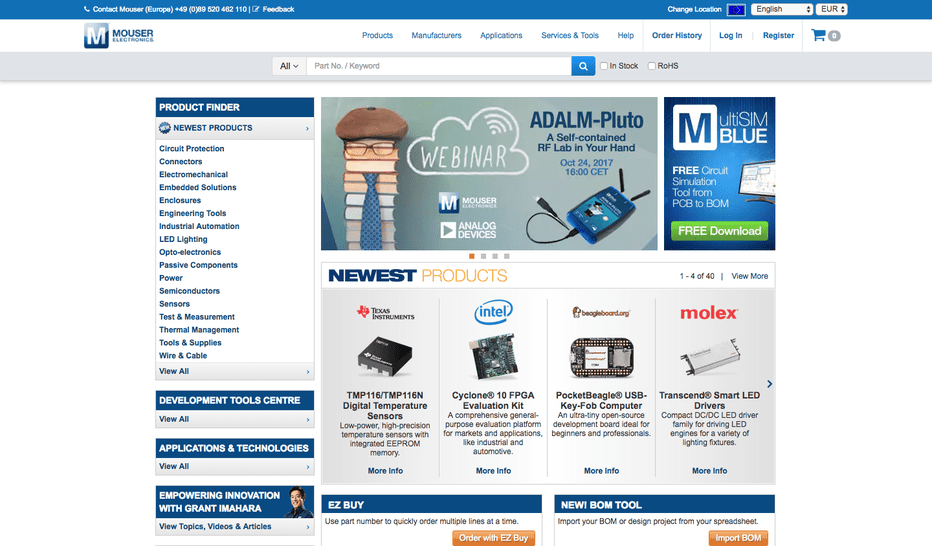
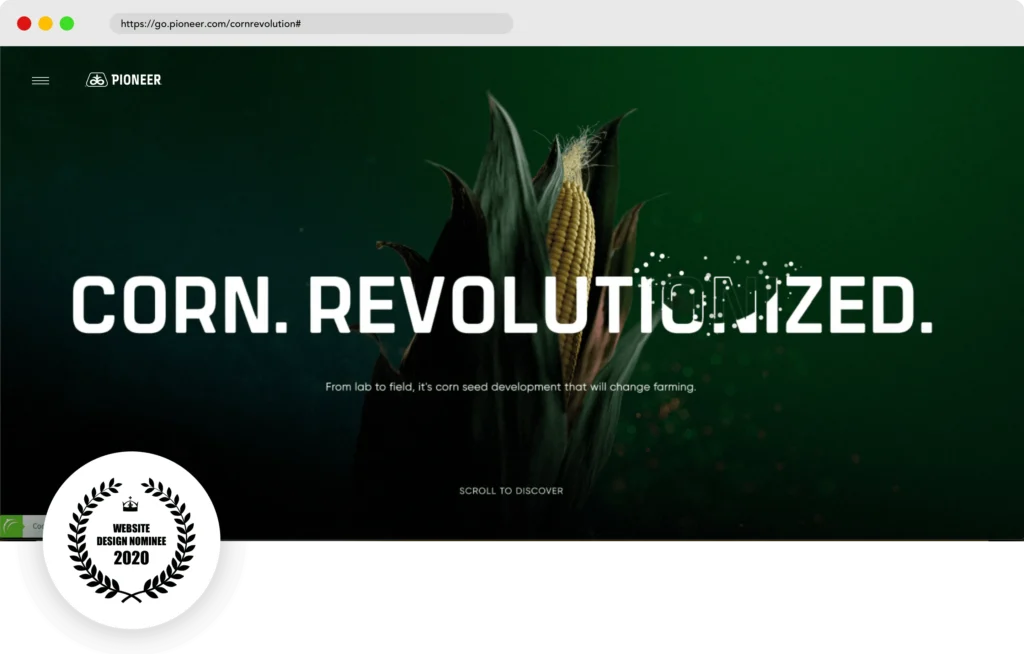
Enhancing User Experience (UX) Through Web Design
It’s one thing to attract visitors with a sleek design, but it’s another to keep them engaged. That’s where user experience (UX) comes into play. UX refers to the overall experience a person has when interacting with your website—how easy it is to use, how intuitive the navigation is, and how well it meets their needs. When it comes to web design, UX is everything.
Think of your website as a digital storefront. If people walk into a beautifully designed shop but can’t find what they’re looking for, they’ll leave frustrated, even if the products are top-notch. The same logic applies to your website. A site that’s confusing, hard to navigate, or slow to load can turn away potential customers faster than anything else.
The Elements of Good UX Design
Clear and intuitive navigation is one of the cornerstones of good UX. Imagine walking into a department store where none of the sections are labeled. Frustrating, right? The same goes for your website. Visitors should be able to find what they need quickly, whether it’s your product pages, contact information, or blog posts. Clear menus, logical page structure, and well-placed links are key to making it easy for users to explore your site. Check out this guide on navigation best practices.
Readability is another factor often overlooked. How easy is it for people to read and absorb your content? Fonts should be legible, with enough contrast between text and background. Breaking up long paragraphs with subheadings and visuals keeps readers engaged.
Speed and performance are critical in delivering a positive user experience. According to Google’s PageSpeed Insights, more than 50% of users will leave a page that takes more than three seconds to load. Fast load times lead to happy visitors, and happy visitors are more likely to stick around.
Finally, mobile responsiveness is essential, given that mobile traffic now makes up over half of all website visits. A responsive design ensures that your site looks and works great on any device, whether it’s a desktop, tablet, or smartphone.
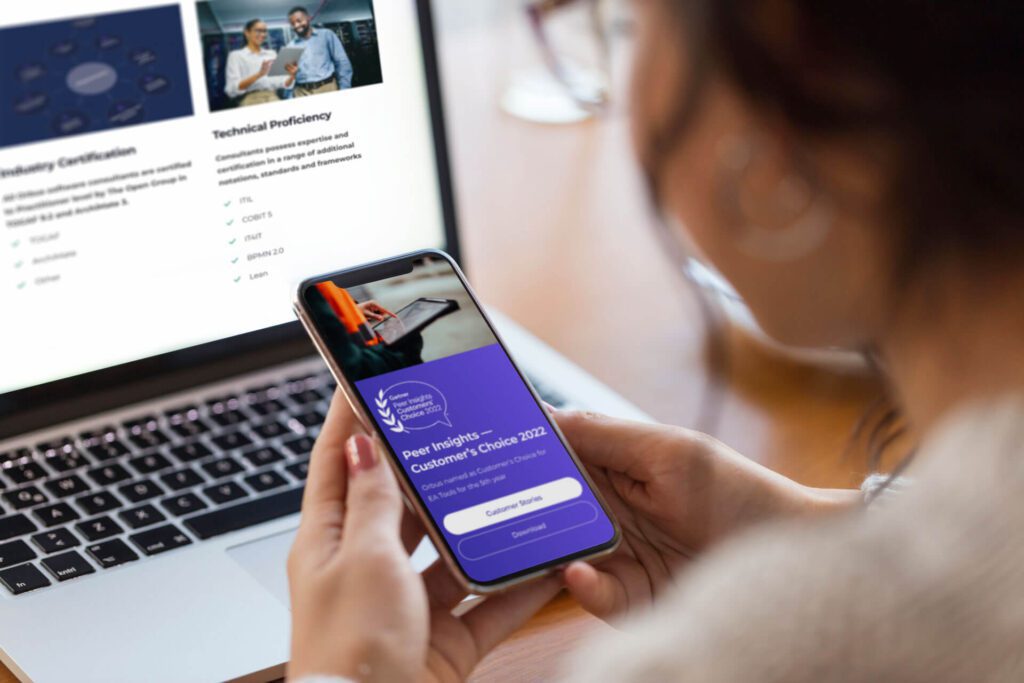
Building Trust and Credibility with Your Audience
Would you trust a company with an outdated, messy website? Probably not. In the same way, your visitors are making judgments about your business based on your site’s design. This is why your website is such a powerful tool for building trust and credibility.
In an online world where scams and low-quality sites are all too common, consumers are cautious. They’re looking for signals that say, “This business is legitimate, professional, and worth my time.” A well-designed website sends all the right signals. It communicates that you’re invested in your business, up-to-date with modern trends, and that you care about your customers’ experience.
Consistency in branding is essential. Your website should feel like an extension of your brand. That means using the same colors, fonts, and imagery that you use in your logo, social media, and other marketing materials. Consistency signals professionalism and builds trust.
Professionalism is about more than just good looks. A clean, polished design shows that you take your business seriously. A cluttered or outdated website, on the other hand, can make visitors question whether you’re still in business or offering high-quality products or services.
Transparency also plays a role in building trust. Make it easy for visitors to find information about your business, from contact details to customer reviews. The more open and transparent your site is, the more confident visitors will feel in their decision to engage with you. Adding trust signals such as security badges, customer testimonials, or industry certifications helps boost credibility.
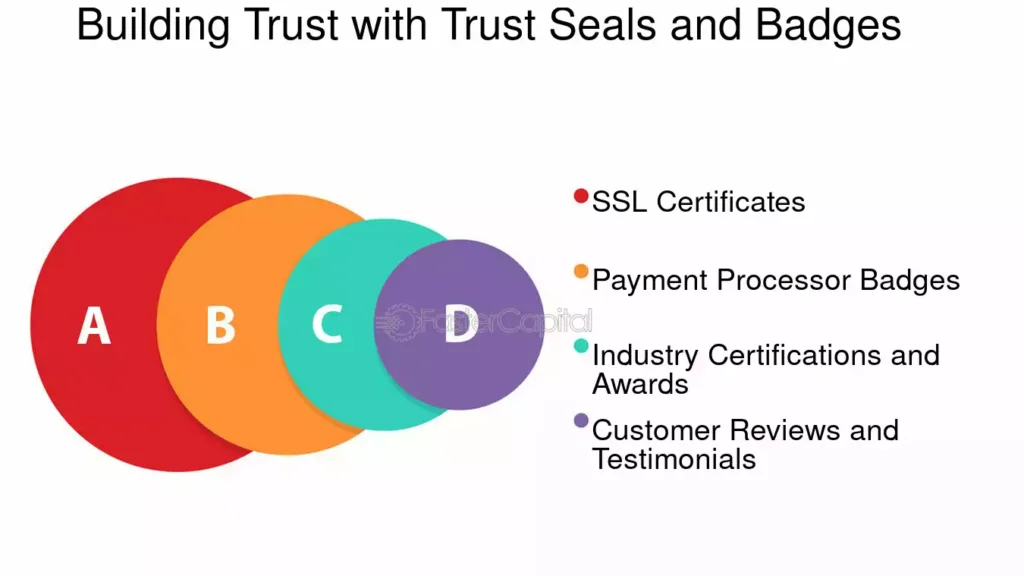
The Role of Responsive Design in Mobile Optimisation
Gone are the days when websites were only viewed on desktop computers. Today, more than half of all internet traffic comes from mobile devices. This means that if your website isn’t mobile-friendly, you’re potentially losing half of your audience.
Responsive web design ensures that your site adjusts smoothly to any screen size, whether it’s being viewed on a smartphone, tablet, or desktop. This isn’t just a nice-to-have feature—it’s a necessity.
Why? Well, Google has shifted to mobile-first indexing, which means it primarily uses the mobile version of your site when determining your ranking. If your site isn’t optimized for mobile, your search engine rankings can take a serious hit, not to mention the negative user experience you’ll create for your visitors.
Mobile optimization is non-negotiable. Users today expect websites to function seamlessly on mobile. If they have to pinch, zoom, or scroll horizontally to see content, they’ll leave—and fast. Google also rewards mobile-friendly sites, so ensuring your site is responsive gives you a boost in the search results. Additionally, a responsive design makes your website more accessible to a wider audience, ensuring that everyone has the best possible experience.
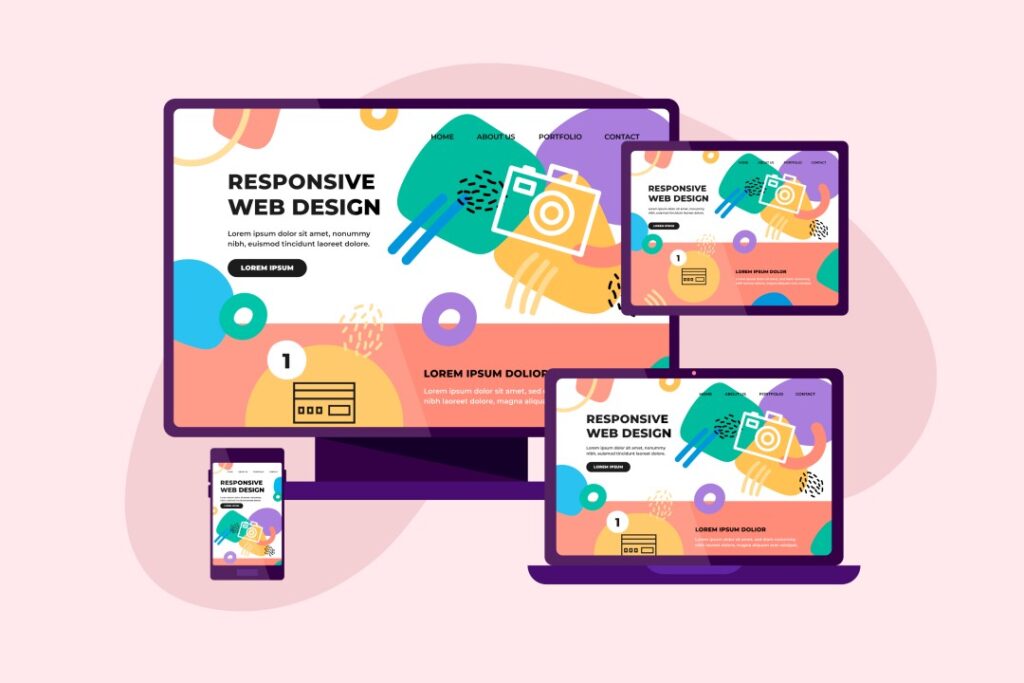
How Web Design Impacts SEO and Search Rankings
Web design isn’t just about user experience—it has a direct impact on your SEO (Search Engine Optimization) efforts. That’s right. The way your site is designed can affect how easily search engines like Google can find, crawl, and index your pages.
When Google’s bots crawl your website, they’re looking for signals that indicate your site is user-friendly, fast, and well-structured. If your web design isn’t up to par, it can hurt your rankings, no matter how great your content is.
Site speed is one of the most significant ranking factors Google considers. Slow websites lead to higher bounce rates, which signals to Google that users aren’t satisfied with your site. To avoid this, optimize images, enable browser caching, and streamline your code.
Mobile optimization also plays a role in your search rankings, as Google uses mobile-first indexing. If your site isn’t optimized for mobile, it won’t rank as high, no matter how great your content is.
Additionally, a clean, logical site structure makes it easier for Google’s bots to crawl and index your pages. This means using proper headings, internal links, and a simple navigation system.
Driving Conversions with Strong Visual Design
Attracting visitors to your website is only half the battle. Once they’re there, you want them to take action—whether that’s signing up for a newsletter, downloading an eBook, or making a purchase. This is where conversion-focused design comes in. Web design plays a critical role in guiding users through your site and nudging them toward these actions.
Clear and compelling Calls-to-Action (CTAs) are one of the most important elements of conversion-focused design. Whether it’s a “Buy Now,” “Subscribe,” or “Get a Free Quote” button, your CTA should be prominently placed and easy to find. Use contrasting colors to make it stand out and action-oriented language to prompt the user to click.
A website designed with conversions in mind can significantly boost your business outcomes. Great web design is about creating an intuitive, visually appealing environment that leads users naturally to the actions you want them to take.
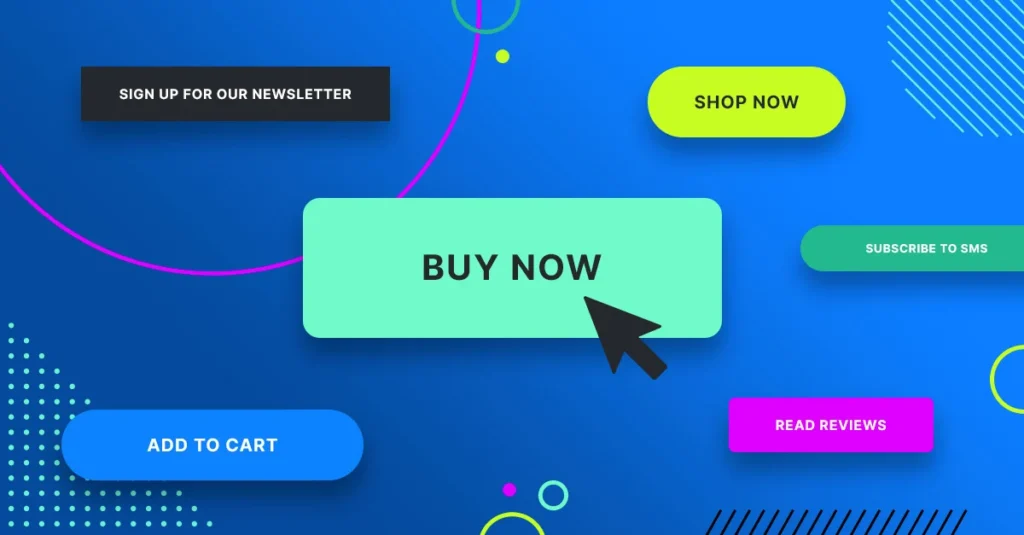
Web Design as a Reflection of Your Brand Identity
Your website is your digital storefront, and just like a physical shop, it needs to reflect your brand’s personality and values. When visitors land on your site, they should immediately get a sense of who you are and what you stand for. That’s why your web design needs to align with your overall brand identity—because it’s often the first impression users get of your business.
Consistency across your website is key to building trust. Your site should feature the same logo, color palette, typography, and tone of voice that users find in your other marketing materials—whether it’s your social media profiles, email campaigns, or even your physical store.
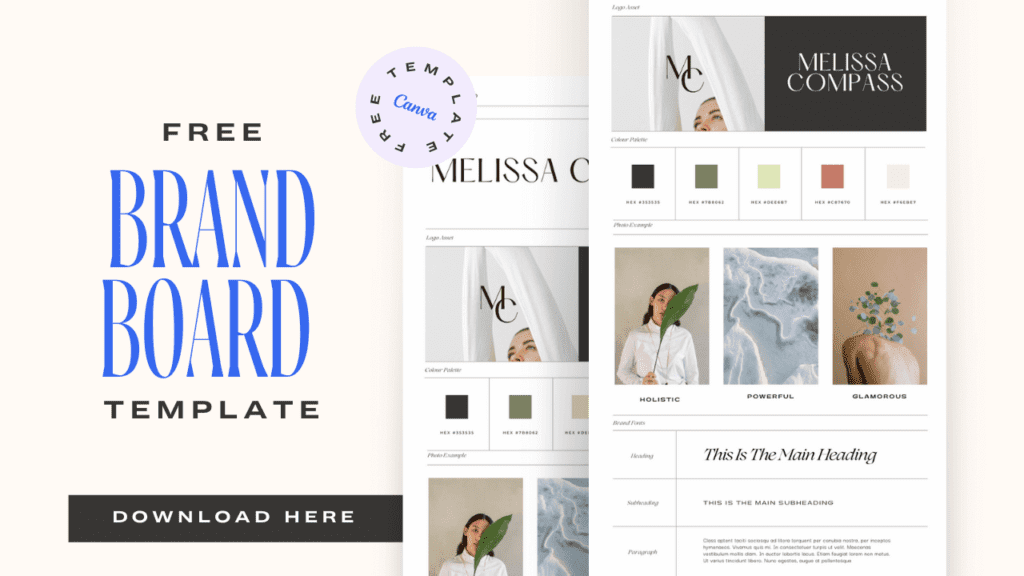
The Cost of Poor Web Design
In today’s digital marketplace, competition is fierce. No matter what industry you’re in, chances are, there are countless other businesses vying for the same audience’s attention. So what happens if your web design isn’t up to par? Quite simply, you lose out to your competitors.
People are quick to judge online. If your website feels outdated, clunky, or difficult to use, visitors won’t hesitate to click away and find a better-designed site—probably one that belongs to a competitor.
The Long-Term Value of Great Web Design
We’ve covered a lot of ground in this article, from the importance of first impressions to the role of web design in building trust, improving SEO, and driving conversions. But the takeaway is simple: great web design is the foundation of your online success. It’s the key to attracting visitors, keeping them engaged, and turning them into loyal customers.
If you’re serious about growing your business online, you can’t afford to ignore the importance of web design. At Loom Digital, we specialise in creating stunning, conversion-optimised websites that not only look great but also drive results. Whether you’re starting from scratch or need to refresh your current site, our team is here to help.
Contact us today to learn more about our web design services and how we can help you create a website that’s tailord to your brand.
